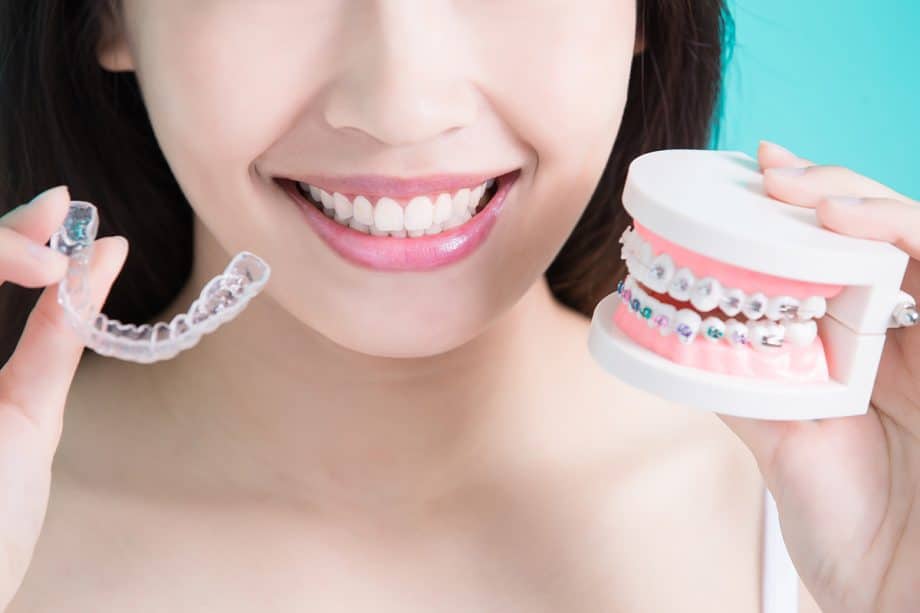For a beautiful smile that lasts a lifetime, you may decide to invest in braces. Orthodontic treatment can be a lengthy process, but it’s well worth it in the long run.
Orthodontic treatment can contribute significantly to your overall health. The attractive smile you’ll achieve with braces isn’t just about aesthetics, it’s also setting you up for a lifetime of oral health and helping you avoid dental problems later in life.
Rubber bands are important tools in orthodontics, serving various purposes during treatment, each having its own specific function and benefits.
Let’s take a closer look at how rubber bands can help orthodontic patients.
How are rubber bands used in orthodontic treatment?
Rubber bands, also called “elastics,” are used in orthodontic treatment to encourage tooth movement in a specific direction and to change the position of teeth. They boost the force applied to a particular area of the patient’s mouth.
Rubber bands attach to the brackets on your braces and can be configured in various ways determined by the desired outcome. They’re attached and secured to the bracket using small metal hooks.
Rubber bands are frequently used to assist in the adjustment of various types of misaligned bites, including:
- Overbite
- Underbite
- Crossbite
- Open bite
When Do You Start Wearing Rubber Bands for Braces?
Your unique treatment plan determines the point at which you should begin using rubber bands with your braces. In some cases, rubber bands may be used after a few adjustments, while in other cases they’re used toward the end of treatment.
Not everyone will require rubber bands during orthodontic treatment. Your orthodontist will let your know if rubber bands are part of your treatment plan.
How Long Will I Wear Rubber Bands With My Braces?
The length of time rubber bands will be used on your braces also depends on your specific treatment plan. Some patients may require rubber bands for only a few weeks, while others may need them for months.
Rubber bands lose their elasticity over time, which means the force they exert on your teeth and jaw will gradually diminish. Because rubber bands gradually lose their elasticity, you’ll need to replace them regularly. Your orthodontist will advise you when and how often to change your rubber bands.
Some patients wear rubber bands with their braces almost around the clock, although some may require them only at night.
You may be able to temporarily remove your rubber bands to eat, especially if the way they’re configured makes eating difficult. You can typically remove your rubber bands to brush and floss.
Get Your Smile In Shape at Hass Family Orthodontics
Your investment in orthodontics is a sound one and the starting point for a bright future for your mouth and teeth. Orthodontics can help you achieve an attractive smile and good dental health—enabling you to look your best, feel more confident, give a great first impression, and enjoy a better overall quality of life.
To learn more or to get started on your orthodontic treatment, call Hass Family Orthodontics today at 828-464-5300. Or request an appointment online.

